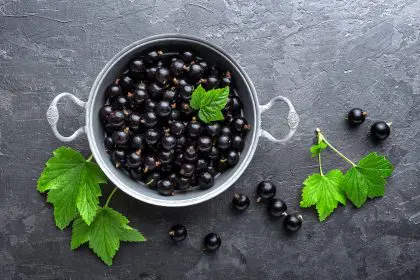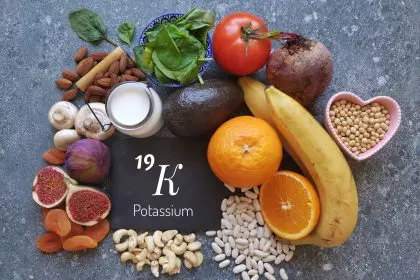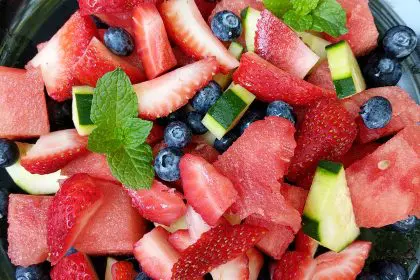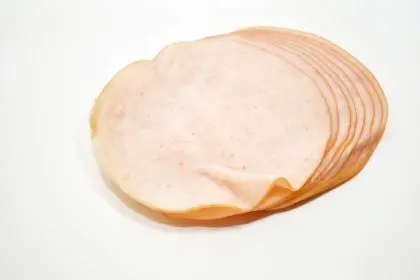The Paleo diet isn’t just another food trend. Since its popularization by scientist Loren Cordain in 2002, this eating pattern has captured the imagination of health enthusiasts by promising a return to our ancestral roots. But what exactly happens when you start eating like your ancient ancestors? Let’s dive into the science behind this popular dietary approach.
Understanding the Paleo philosophy
Think of the Paleo diet as a time machine for your plate. This eating pattern aims to recreate the diet of our Paleolithic ancestors, focusing on foods that could be hunted or gathered. The core idea is simple yet compelling: our bodies evolved to thrive on certain foods, and modern processed alternatives might be at the root of many health issues.
The Paleo diet embraces a wide variety of whole, nutrient-dense foods. Your shopping cart should be filled with fresh vegetables, fruits, nuts, seeds, and high-quality proteins. Picture the perimeter of your grocery store, where fresh foods typically reside. That’s your new shopping territory. Lean meats like grass-fed beef and free-range chicken take center stage, alongside wild-caught fish rich in omega-3 fatty acids.
Following the Paleo diet means bidding farewell to some familiar foods. Grains, including seemingly healthy options like quinoa and brown rice, are off the menu. Legumes, despite their reputation as nutritional powerhouses, also get the boot. Even dairy products, a staple in many modern diets, are excluded based on the premise that human consumption of animal milk is a relatively recent development.
The science behind the benefits
Research suggests that adopting a Paleo diet might offer several health advantages. The high protein content can help maintain muscle mass and promote satiety, potentially supporting weight management efforts. The emphasis on whole foods naturally reduces intake of processed sugars and artificial ingredients, which may contribute to improved blood sugar control and reduced inflammation.
When you first switch to a Paleo diet, your body undergoes several changes. Initially, you might experience what some call the “Paleo flu” as your system adjusts to fewer carbohydrates. However, many people report increased energy levels and better mental clarity after this adjustment period. The high fiber content from vegetables and fruits can also promote better digestive health.
The hidden challenges
While the Paleo diet offers numerous benefits, it’s not without its challenges. The elimination of entire food groups like dairy and grains can make it difficult to obtain certain nutrients, particularly calcium and vitamin D. Additionally, maintaining the diet can be challenging in social situations and may require more meal planning and preparation time.
Recent research has raised questions about the long-term effects of strictly following a Paleo diet on gut health. The elimination of legumes and whole grains means missing out on certain types of fiber that feed beneficial gut bacteria. Some studies suggest this might impact the diversity of our gut microbiome, which plays a crucial role in overall health.
Making it work in modern life
Following a Paleo diet doesn’t mean you need to hunt your own food or forage for berries. Modern adaptations of the diet can be both practical and sustainable. Many people find success with a modified approach that maintains the core principles while allowing for some flexibility in food choices.
The heavy emphasis on animal products in the Paleo diet raises questions about environmental sustainability. While our ancestors might have relied heavily on meat, supporting this level of consumption on a global scale today presents significant environmental challenges. Some followers opt for more sustainable protein sources or reduce their meat consumption while maintaining other aspects of the diet.
The key to success with the Paleo diet lies in finding a sustainable approach that works for your lifestyle and nutritional needs. Some people thrive on a strict Paleo protocol, while others benefit from a more flexible interpretation that includes some modern foods. Working with healthcare professionals can help ensure you’re meeting all your nutritional requirements while following the diet.
The future of Paleo eating
As our understanding of nutrition continues to evolve, so too does the interpretation of the Paleo diet. Modern adaptations often focus on the principle of eating whole, minimally processed foods rather than strictly adhering to a prehistoric menu. This evolution suggests that the diet’s lasting impact might be its emphasis on food quality rather than rigid rules about what our ancestors ate.
Remember, while the Paleo diet offers an interesting framework for thinking about nutrition, what works best for one person might not work for another. The key is to approach any dietary change thoughtfully, paying attention to how your body responds and making adjustments as needed to support your health goals.












